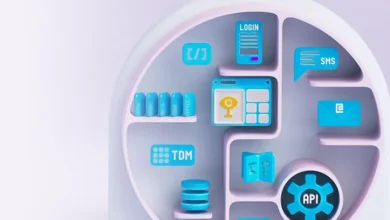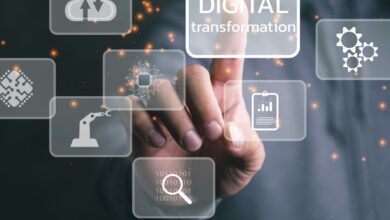
We have seen the successful application of artificial intelligence (AI) across many industries and sectors, and it was only a matter of time before it was the education sector’s turn to reap the rewards of this technology. The authorities, too, are taking note. Just a few weeks ago, we saw the European Commission publish the Ethical Guidelines on the Use of Artificial Intelligence (AI) and data in teaching and learning for teachers. The guidelines were drawn up to address how AI is used in schools, to support teachers and students in their teaching and learning, and to support administrative tasks in educational settings.
At JetLearn, we are particularly interested in the role that AI can play in supporting teachers, and how AI can create a more personalised experience for students in schools. The education system has lagged behind many other sectors in terms of how content is created and delivered and, even in 2022, we are still seeing teachers rely on outdated textbooks to deliver learning material. It makes sense that, as the curriculum changes to teach skills in emerging technologies such as Web3 and AI, so does the medium through which it is delivered. As Mariya Gabriel, Commissioner for Education in the EU said: “Artificial Intelligence has a great potential to transform education and training for students, teachers and school staff.
Here are three ways that AI can be used to personalise the education experience:
Accurately assess baseline ability, and pace of learning
Every child has their own starting level, especially when they come into a new learning environment; at the very least there is a significant jump from primary to secondary school. While students will be expected to adapt to their new environment, they bring with them a baseline ability and pace of learning which is often overlooked. This has a huge impact on how they are able to learn and apply material delivered to them. It’s impossible for teaching staff to analyse and then process data on each student, so AI can be utilised to both help gauge ability, and then personalise a learning plan to suit each student’s ability.
Personalisation curriculum based on interest
Education needs to be engaging, and delivering a personalised curriculum based on interests is a surefire way to gain the attention of prospective students. AI can be used to match students’ interests with the learning material, which can then be delivered in a fun, but practical manner. In this example, AI can work directly with other Web3 technologies to create a more dynamic learning environment – perhaps teaching maths through the medium of the metaverse, or blockchain technology through a video game. AI can process this data, and ensure that students are learning using a medium that suits their interest.
Delivering education through e-learning and a hybrid environment
The pandemic didn’t only create the “work from home” movement, it also shaped our classrooms. Increasingly, we are seeing e-learning and hybrid classroom environments become the norm, and with this comes a huge pool of data that can be collected on the students, the teacher, and the content being delivered. AI has the power to process this data, understand what style of teaching is most efficient, and then create new curriculum plans that are more effectively delivered through online mediums. There is, of course, the possibility of this data then being fed into other Web3 technologies to create a different e-learning experience depending on how successful classes are.




